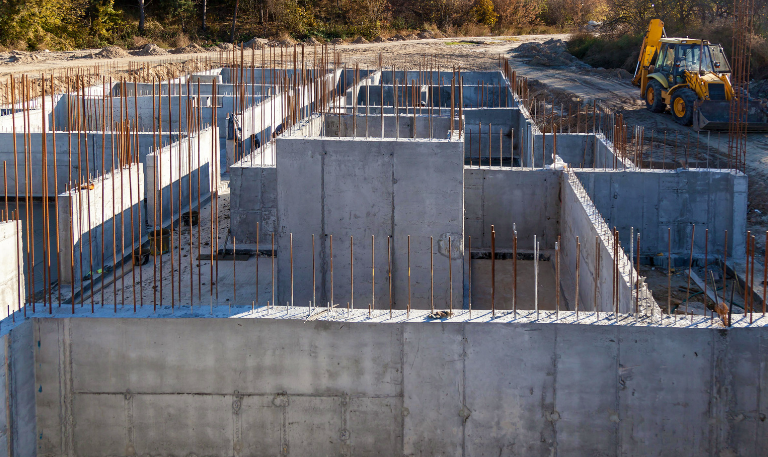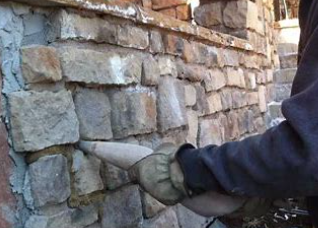How Choosing The Right Hardscaping Tools Can Improve Efficiency And Productivity
Hardscaping projects, whether small-scale backyard enhancements or large commercial installations require meticulous planning and execution. One of the critical factors that can significantly impact the outcome of these projects is the selection of the right hardscaping tools. By choosing the appropriate tools for the job, landscapers and contractors can enhance efficiency, streamline workflow, and ultimately improve productivity.
Understanding the Importance of Hardscaping Tools
Hardscaping encompasses various outdoor design and construction elements, including patios, walkways, retaining walls, and other structures made from hard materials such as stone, concrete, and brick. These elements often serve as a nice complement for softscaping and landscaping, which involves plants and living elements.
Efficiency Through Proper Tool Selection
The efficiency of a hardscaping project hinges on the tools and equipment used throughout the process. From excavation and site preparation to laying pavers and building walls, each stage requires specific tools tailored to the task. Using the right tools not only makes the work easier but also reduces the risk of errors and rework, saving both time and resources in the long run.
Key Considerations When Choosing Hardscaping Tools
- Project Scope and Scale: Assess the size and complexity of the project to determine the types and quantities of tools needed. Larger projects may require heavy-duty, powered equipment, while smaller ones may only need hand tools.
- Material Compatibility: Consider the materials being used in the project and choose tools designed to work effectively with those materials. For example, different types of stone may require specialized cutting and shaping tools.
- Ergonomics and Comfort: Look for tools that are ergonomically designed and comfortable to use, especially for tasks that require repetitive motions. Comfortable tools can help reduce fatigue and improve productivity over long work periods.
- Durability and Quality: Invest in high-quality tools that are built to last, even with frequent use in rugged outdoor environments. While premium tools may come with a higher initial cost, they often offer better performance and longevity, making them a worthwhile investment.
- Versatility and Adaptability: Opt for tools that offer versatility and can be used for multiple tasks or applications. Multi-functional tools can help streamline workflows and reduce the need for additional equipment. Most tool manufacturers now use a common battery platform for their 100+ tools.
- Dust Control and Safety: Cutting stone can generate a fair bit of dust, which is a risk for work health and safety. Many tools and systems now incorporate dust control systems, or other features to protect workers.
Benefits of Choosing the Right Hardscaping Tools
- Increased Efficiency: By using tools specifically designed for hardscaping tasks, workers can complete jobs more quickly and with greater precision, leading to improved overall efficiency.
- Enhanced Precision and Quality: The use of specialized tools ensures that hardscaping features are installed with accuracy and attention to detail, resulting in high-quality finished products that meet or exceed client expectations.
- Reduced Labor Costs: Efficient tools help reduce the time and effort required to complete hardscaping projects, ultimately lowering labor costs and maximizing profitability for contractors and landscapers.
- Minimized Risk of Injury: Ergonomically designed tools can help reduce the risk of musculoskeletal injuries and fatigue among workers, promoting a safer and healthier work environment.
Choosing the right hardscaping tools is a crucial aspect of achieving success in outdoor design and construction projects. By considering factors such as project scope, material compatibility, ergonomics, durability, and versatility, landscapers and contractors can select tools that enhance efficiency, productivity, and overall project outcomes. Investing in high-quality tools tailored to specific hardscaping tasks is an investment in the success and longevity of outdoor spaces for years to come.

Hardscapes SalesMike Taylor
Latest News

4 Ways To Reinforce Concrete
Concrete is one of the most fundamental materials used in construction. If you’re working on a domestic project or a […]

The Environmental Benefits Of Using Ready-Mix Concrete
The construction industry is changing quickly to meet the growing demand for sustainability and eco-friendly practices. One of the most […]

6 Essential Tips For Grouting Stone Veneer
Grouting stone veneer is an important step in the installation process that can significantly impact the overall look and durability […]

Should You Fill Hollow Concrete Blocks?
Hollow concrete blocks are widely used in construction due to their strength, versatility, and lighter weight compared to solid blocks. […]
